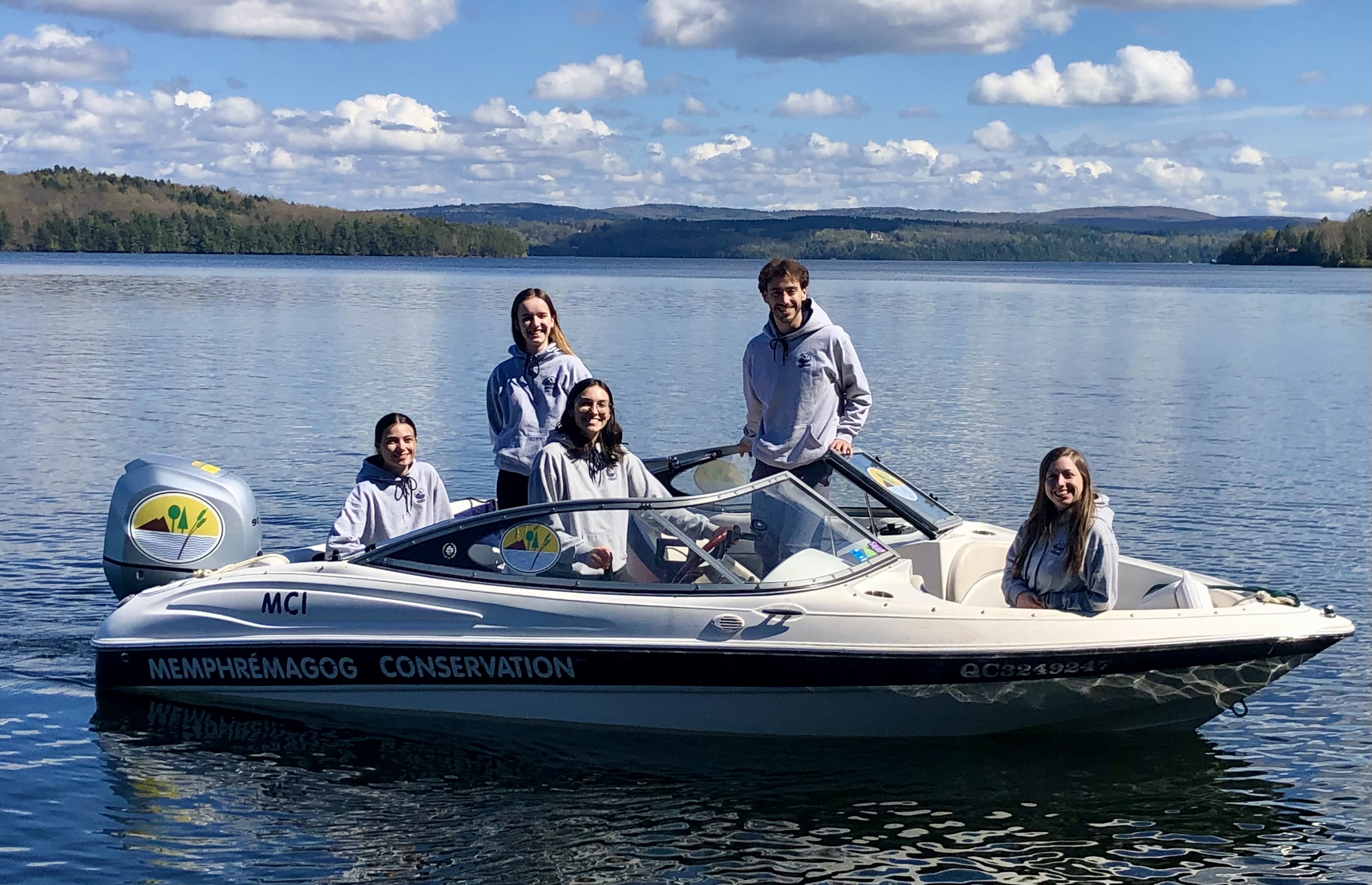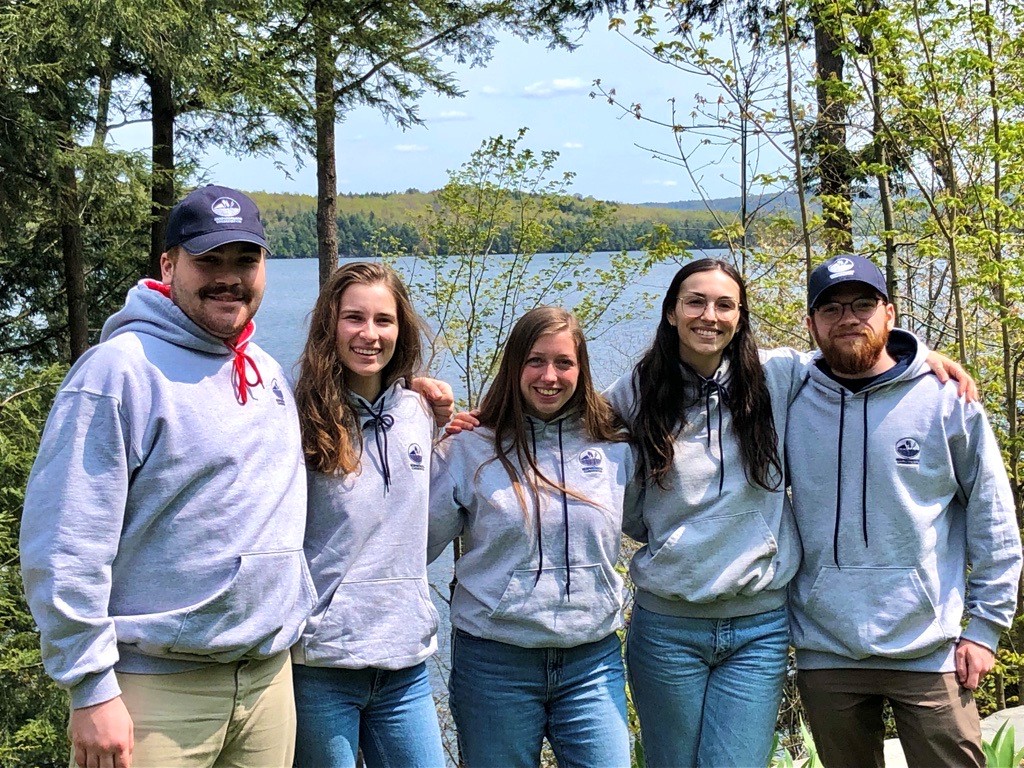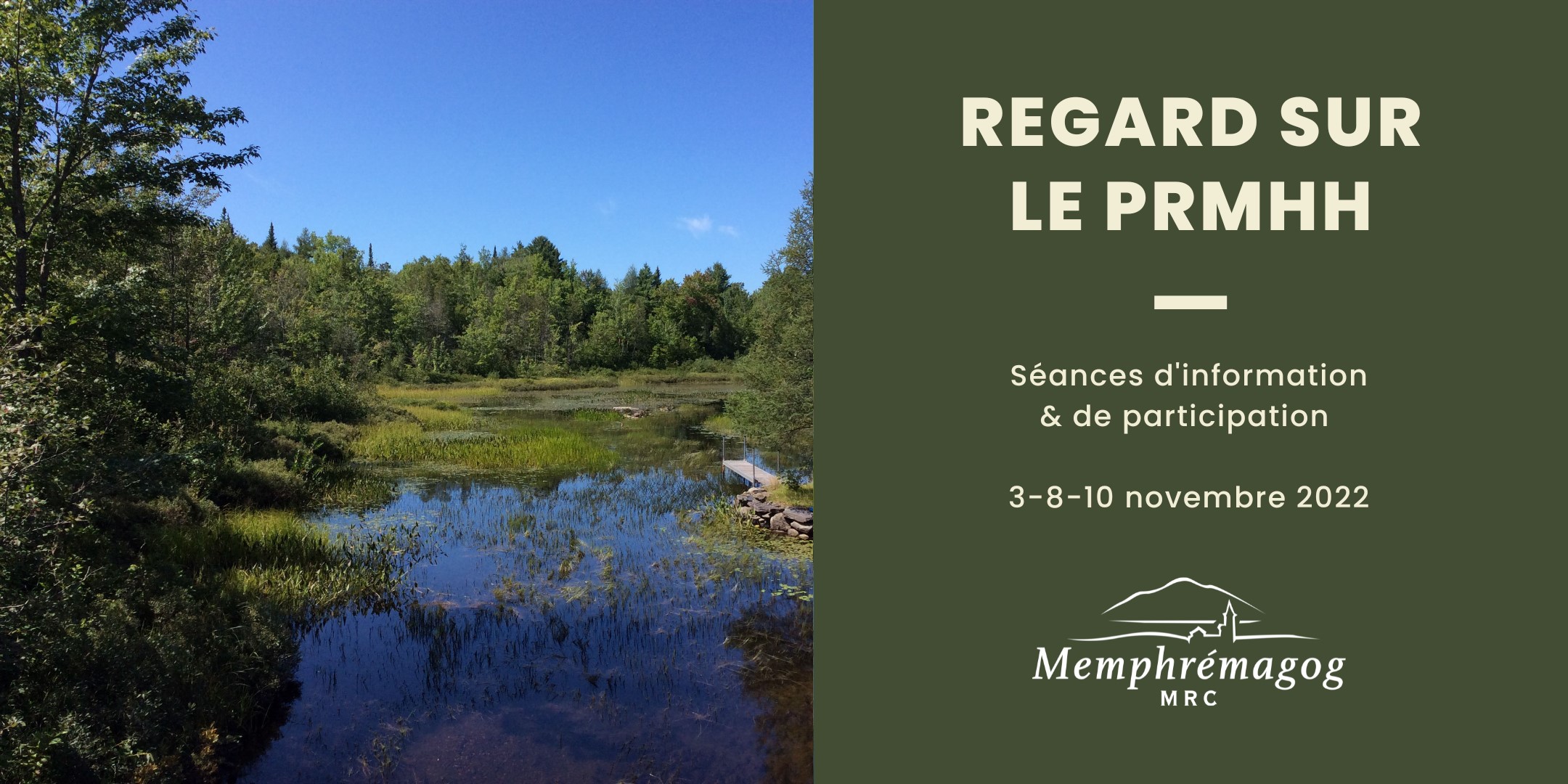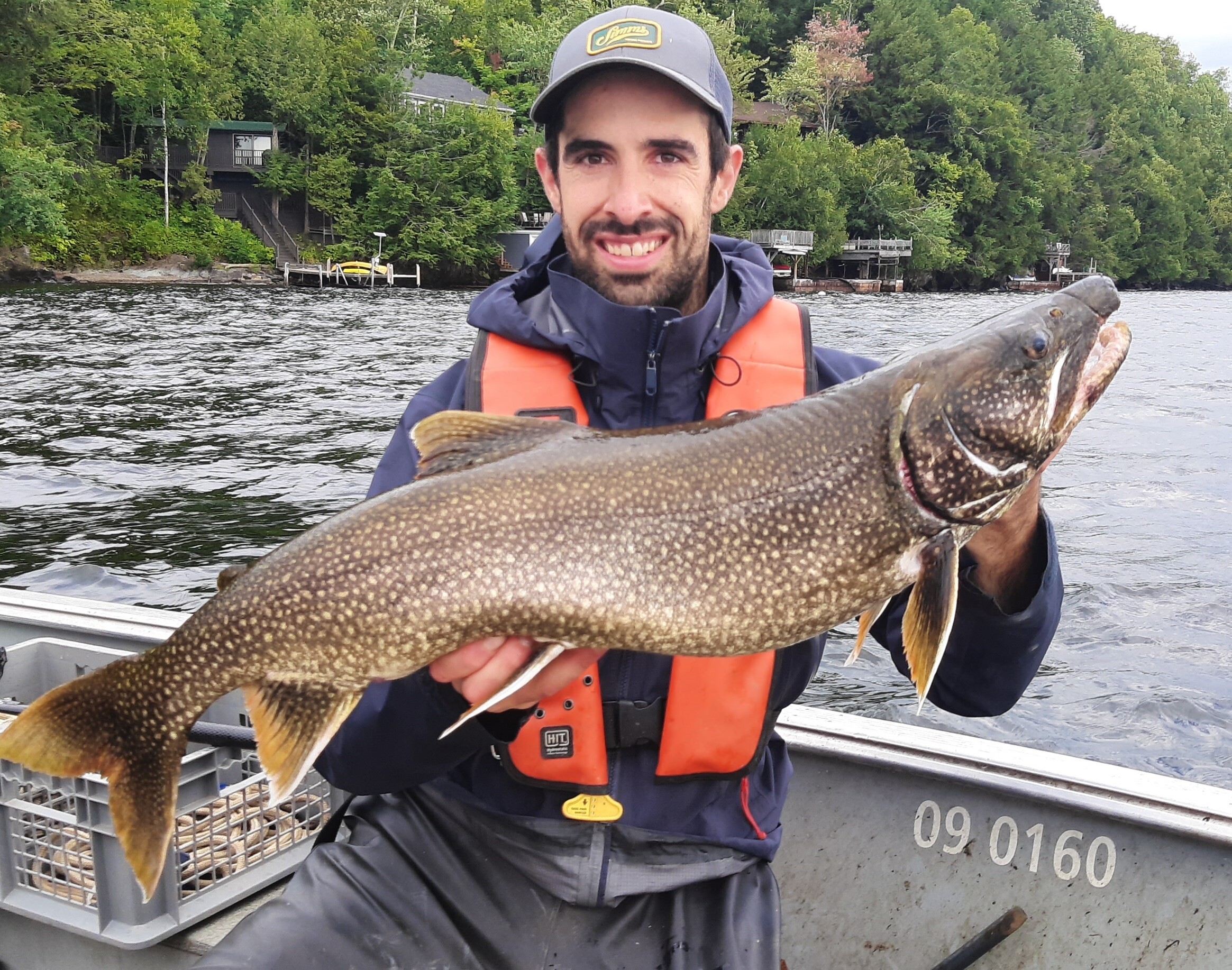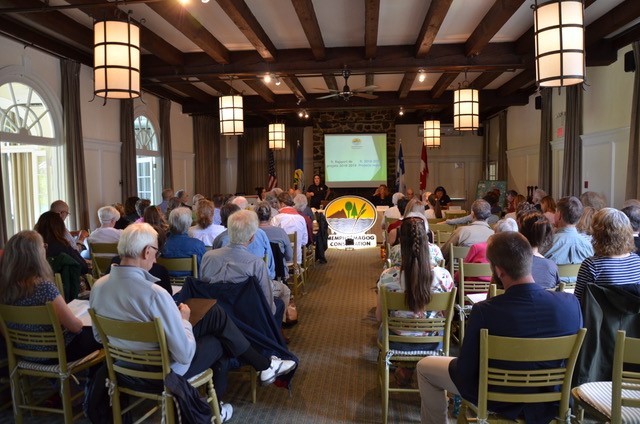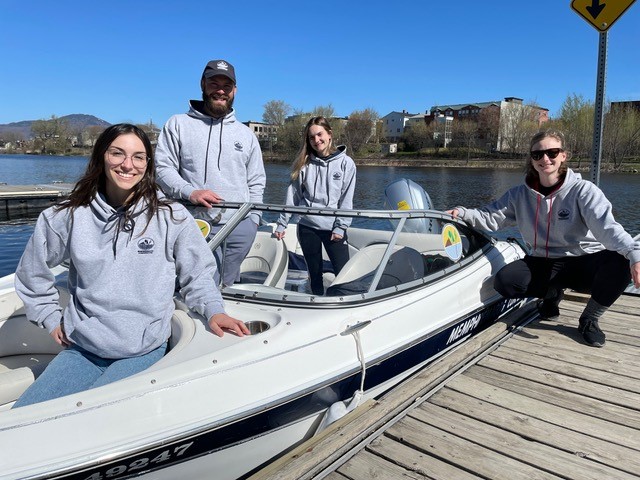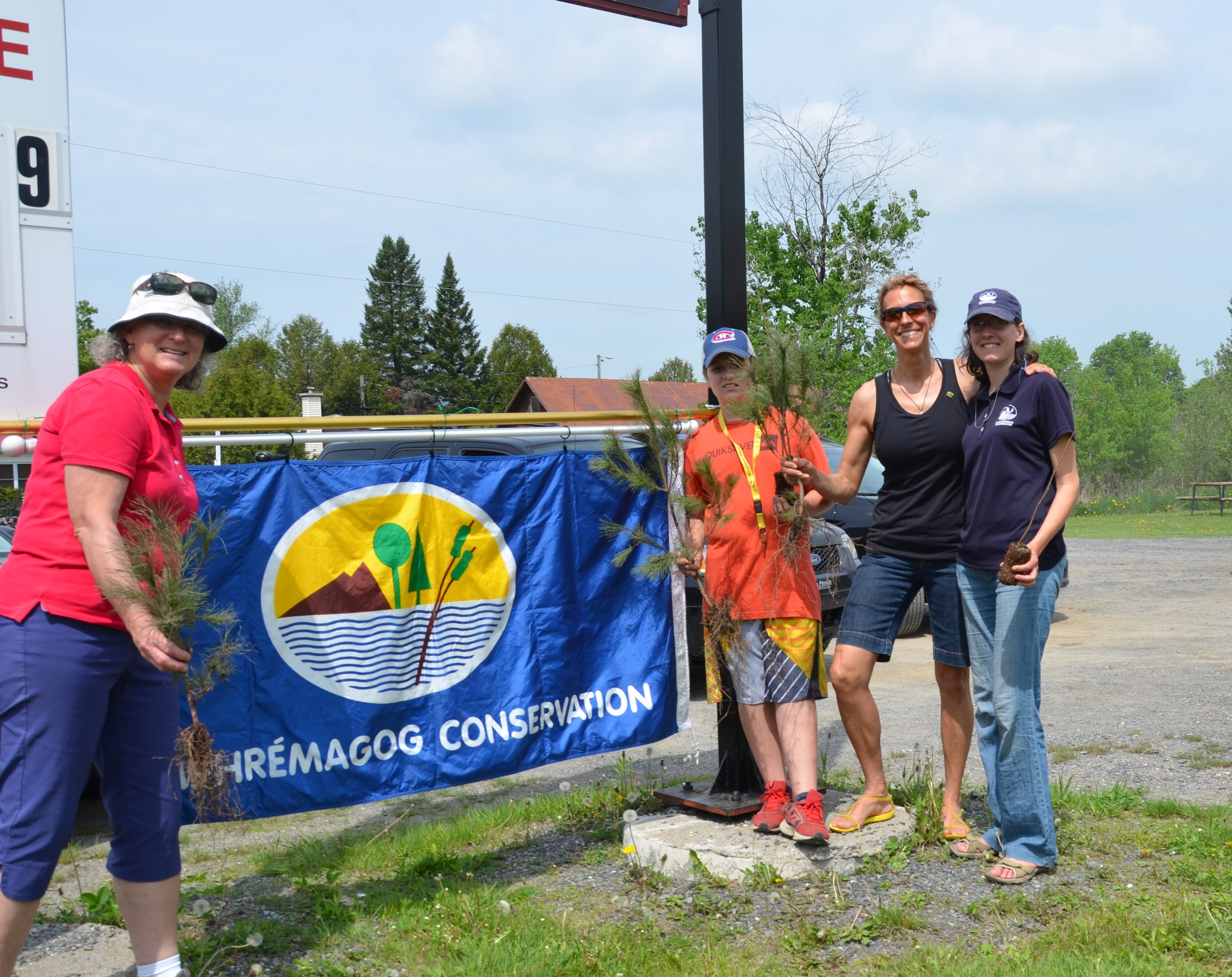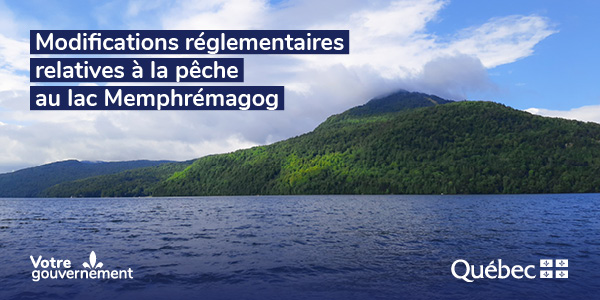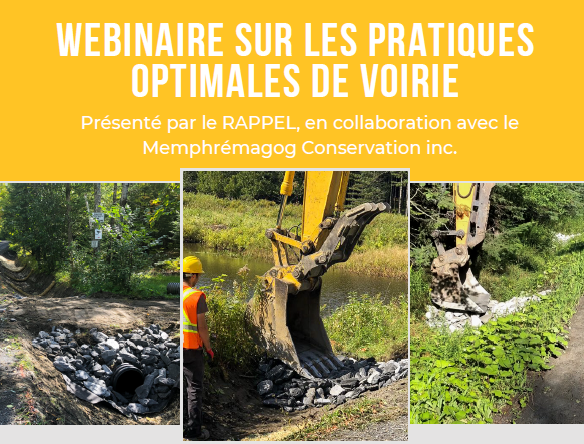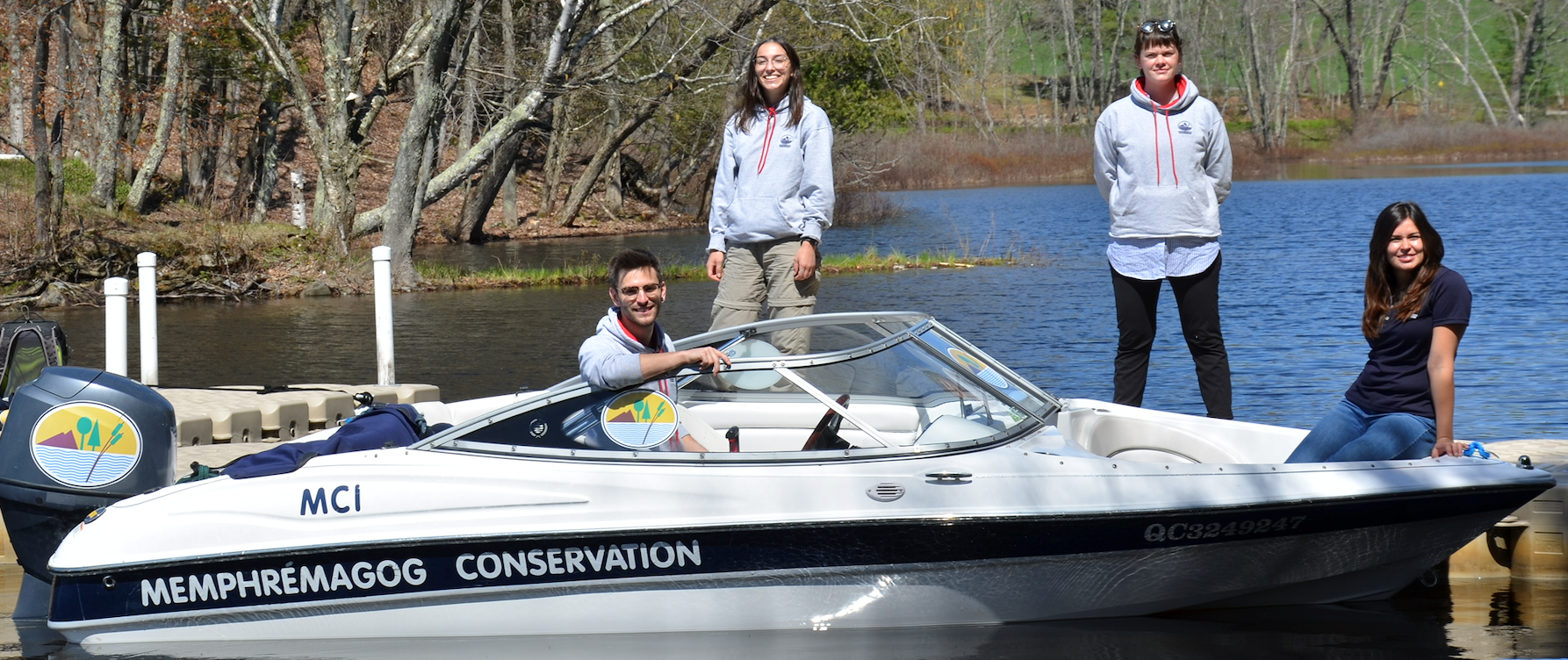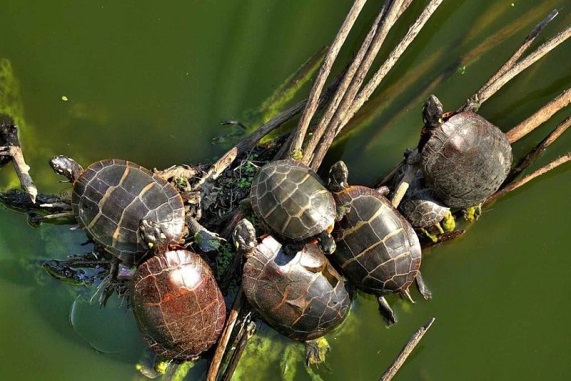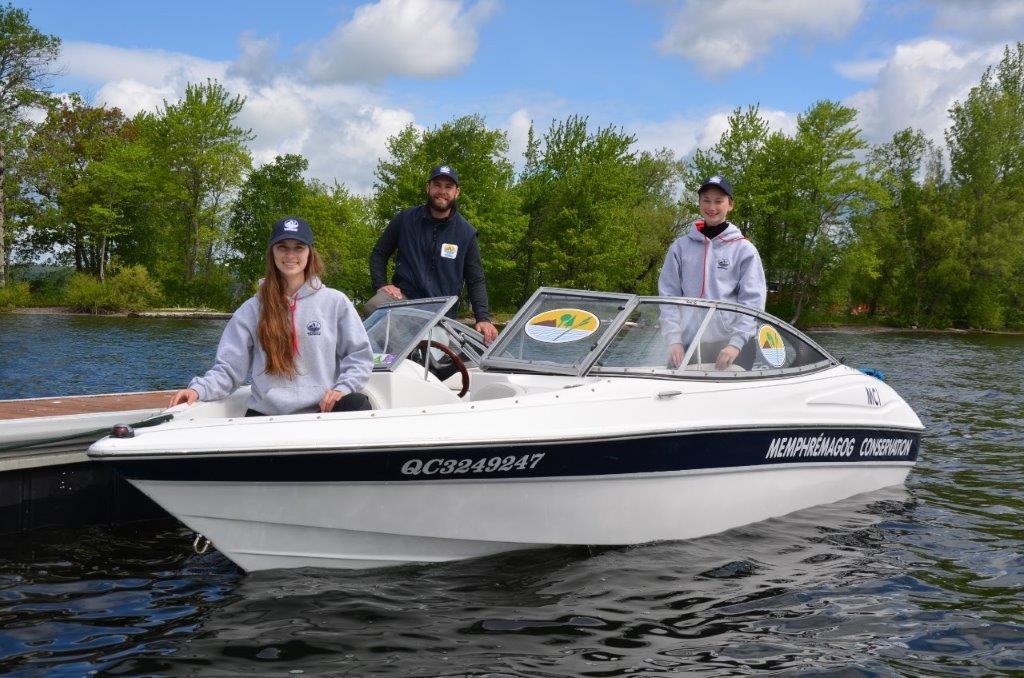Pesticides
Context
Lake Memphremagog is a drinking water reservoir for over 160,000 people. No one can deny the potential harmful effects of pesticide residues on human health and the quality of our ecosystems. Certain maintenance activities on residential lawns, golf greens, as well as conventional agricultural practices use phenomenal quantities of pesticides. A large proportion of the residues of these pesticides end up in the water table through the processes of leaching and runoff. Although we can see an inflection point in the trends since the implementation of a pesticide management policy, we still need to make the required efforts to get rid of the false impression that the use of pesticides is a necessary evil. In agriculture, on golf courses, and even less so on residential lawns, the use of pesticides in not justifiable.
What are pesticides?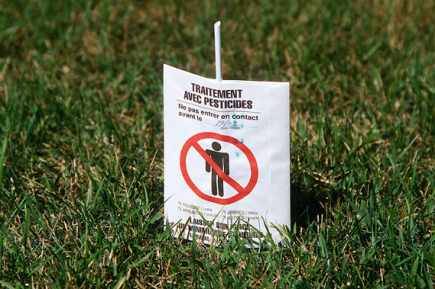 Pesticides are the substances, materials or micro-organisms used in the chemical fight against organisms considered harmful to humans. Their purpose is to control, destroy, reduce, attract or repell, directly or indicectly, any organism that is considered harmful, a nusiance or limiting for humans, vegetation, fauna, harvests or other goods, or destined to regulate the growth of vegetation, excluding medications and vaccines, unless they are topical for external use on animals, as definded by the law on pesticides (L.R.Q., chapter P-9.3) and its regulations. Pesticides include, in a general fashion, all herbicides, fungicides, insectides and other biocides. These substances can be carried by runoff toward aquatic systems, where they are harmful to the organisms living there.
Pesticides are the substances, materials or micro-organisms used in the chemical fight against organisms considered harmful to humans. Their purpose is to control, destroy, reduce, attract or repell, directly or indicectly, any organism that is considered harmful, a nusiance or limiting for humans, vegetation, fauna, harvests or other goods, or destined to regulate the growth of vegetation, excluding medications and vaccines, unless they are topical for external use on animals, as definded by the law on pesticides (L.R.Q., chapter P-9.3) and its regulations. Pesticides include, in a general fashion, all herbicides, fungicides, insectides and other biocides. These substances can be carried by runoff toward aquatic systems, where they are harmful to the organisms living there.
How did pesticides come about?
Pesticides were created as part of research on chemical weapons during the first world war, and refined during the second world war with the arrival of new chemical weapons.
Banning the use of synthetic pesticides for esthetic reasons on residential lawns throughout the Lake Memphremagog watershed
Lake Memphremagog is a drinking water reservoir. Given the undeniably harmful effects of these pesticides on aquatic ecosystems and human health, numerous municipalities across Québec, including some in the Lake Memphremagog watershed, have adopted regulations to this effect. As well, since April 2006, it is forbidden to use the most harmful pesticides on private lawns as well as on public and parapublic ones (MDDEP).
Golf: an attack on public health (source of pesticides)
It is a vicious circle: poor practices = a need for pesticides.
Conventional maintenance on golf courses requires the use of massive amounts of pesticides. Though these products are toxic to harmful organisms, they can also be harmful to other living organisms that are not targeted, including humans. Their use exposes golfers and employees charged with application of these toxins at high concentrations. As well, it has been demonstrated that a large proportion of thes pesticides used on golf courses end up in downstream waterways, including Lake memphremagog, and affect the quality of their water (Doucet, 1998). We must never forget that Lake Memphremagog is a drinking water reservoir for more than 160,000 people.
Take for example the Mount Orford golf course. It is situated in the Cherry River watershed, a tributary of Lake Memphremagog. Cherry river flows into Magog bay, in the area where Magog's public beaches are found. We cannot deny that a certain proportion of the pesticides used on the golf course, as well as their breakdown by-products, find their wat into Cherry river, and thus into Lake Memphremagog. As well, when used on a golf course, there is a great likelihood of finding these pesticides in the undrgrround water table, given the large permeability of golf greens.
What pesticides are actually used on the golf courses in the Lake Memphremagog watershed?
Across Québec, we estimate that more than 39,000 kg of pesticides (active ingredients – kg) are used each year on golf courses. This represents approximately 1,1 % of the total of pesticides used in the province. Though this quanitty may not seem large, let us not forget that golf is a purely entertainment acitvity.
For the most part, the pesticides used on golf courses in Québec are fungicides (to control fungi and moulds). We can assume that this holds for the golf courses in the watershed. Several herbicides and insecticides are also used, as are certain rodenticides and growth regulators. This situation is quite diffeerent from that encountered in agriculture, where the use fo herbicides is dominant. Among the fungicides used on golf courses in the province, the active ingredients most commonly used are quintozene, chlorothalonil and iprodione. Among herbicides, 2,4-D, mecoprop and dicamba are the ingredients most often used.
The use of pesticides varies from one golf course to another, some managers having already begun to reduce their use of these products.
See: MDDEP 2007: The state of pesticide reduction on golf courses in Québec (in French only)
For more information:
Government of Québec 2009: Laws governing pesticides
MDDEP 2006: The presence of pesticides in Québec waterways (in French only)
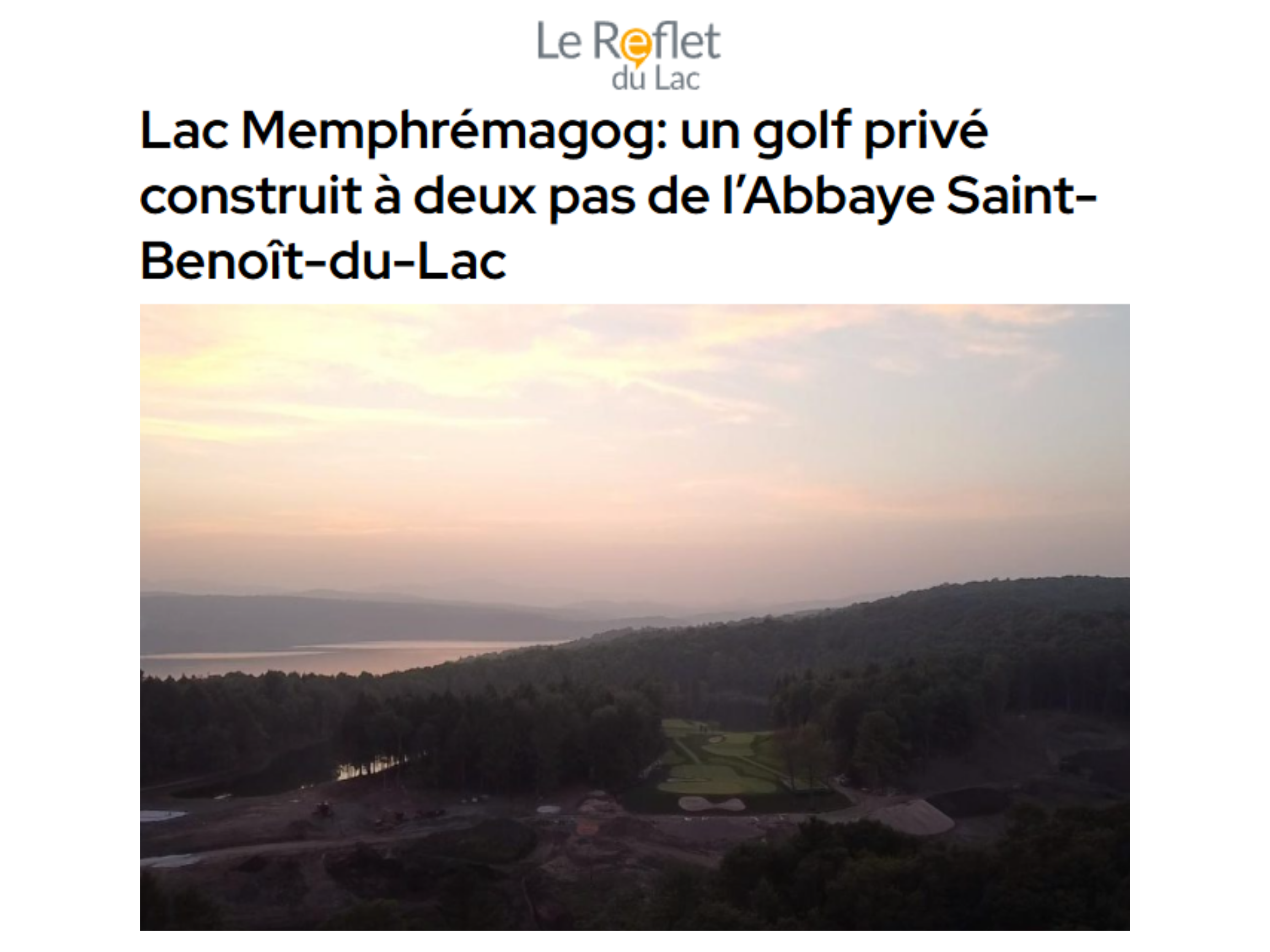
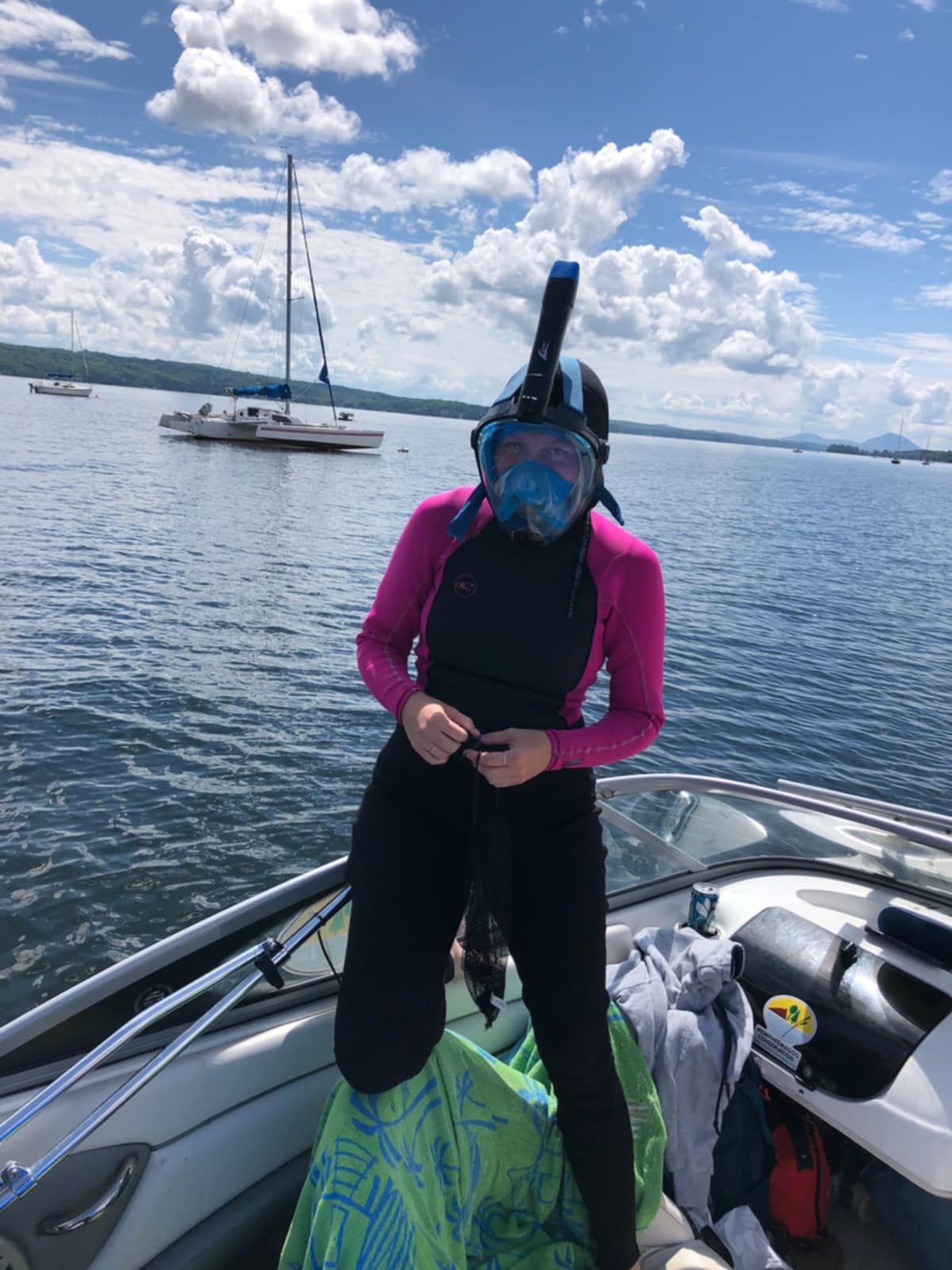
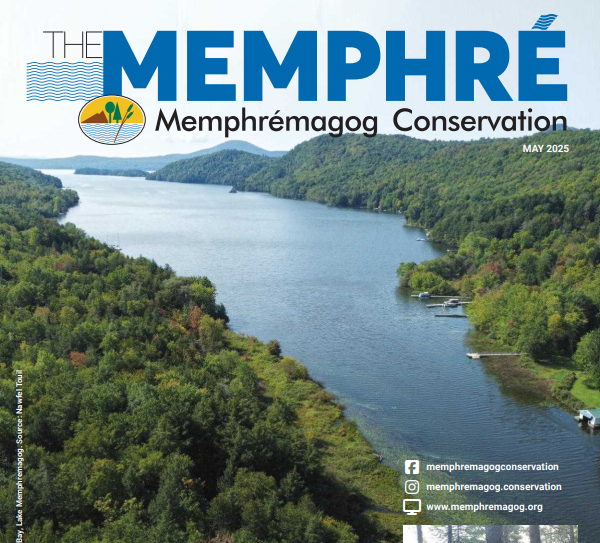
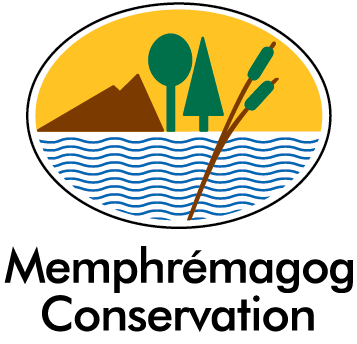
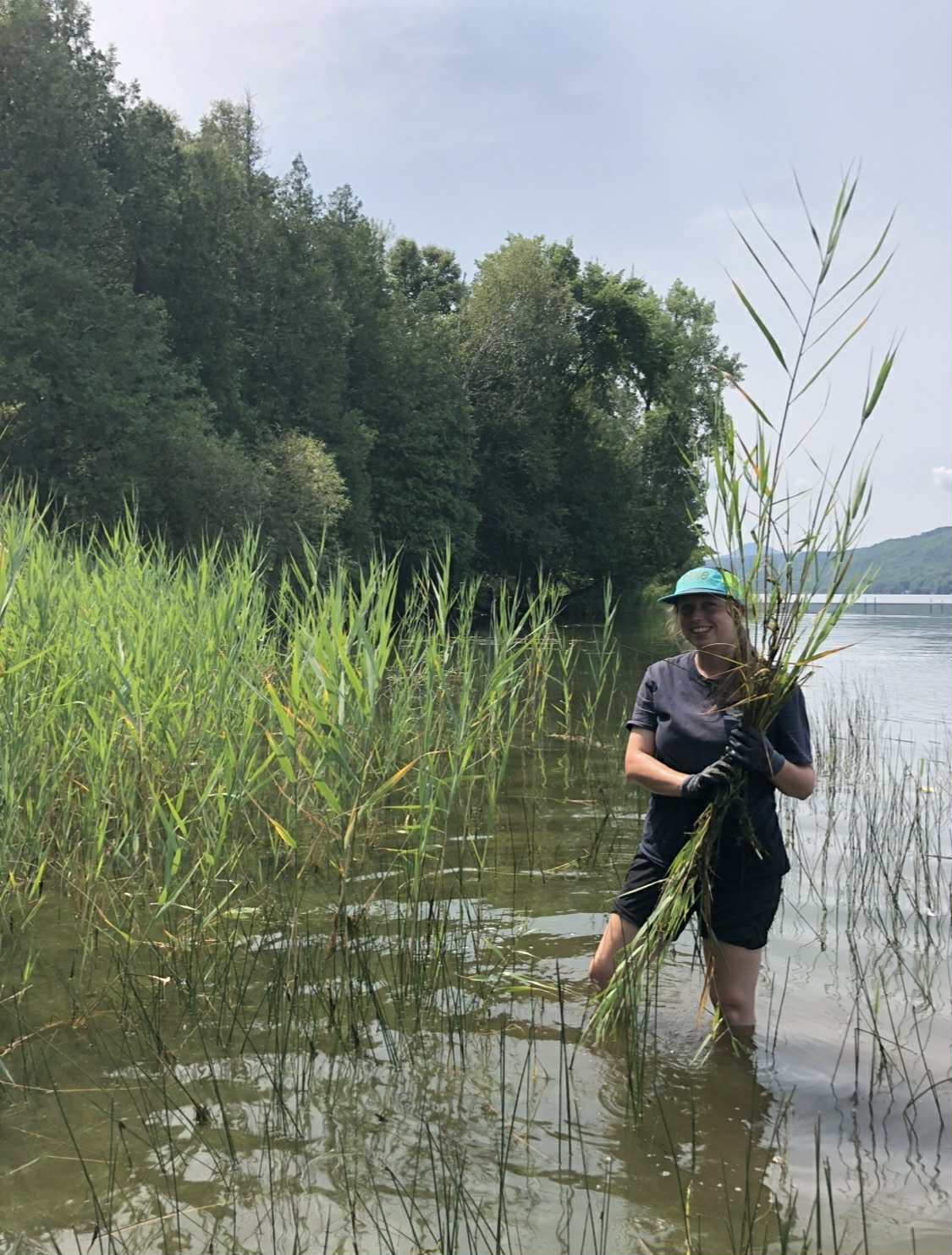
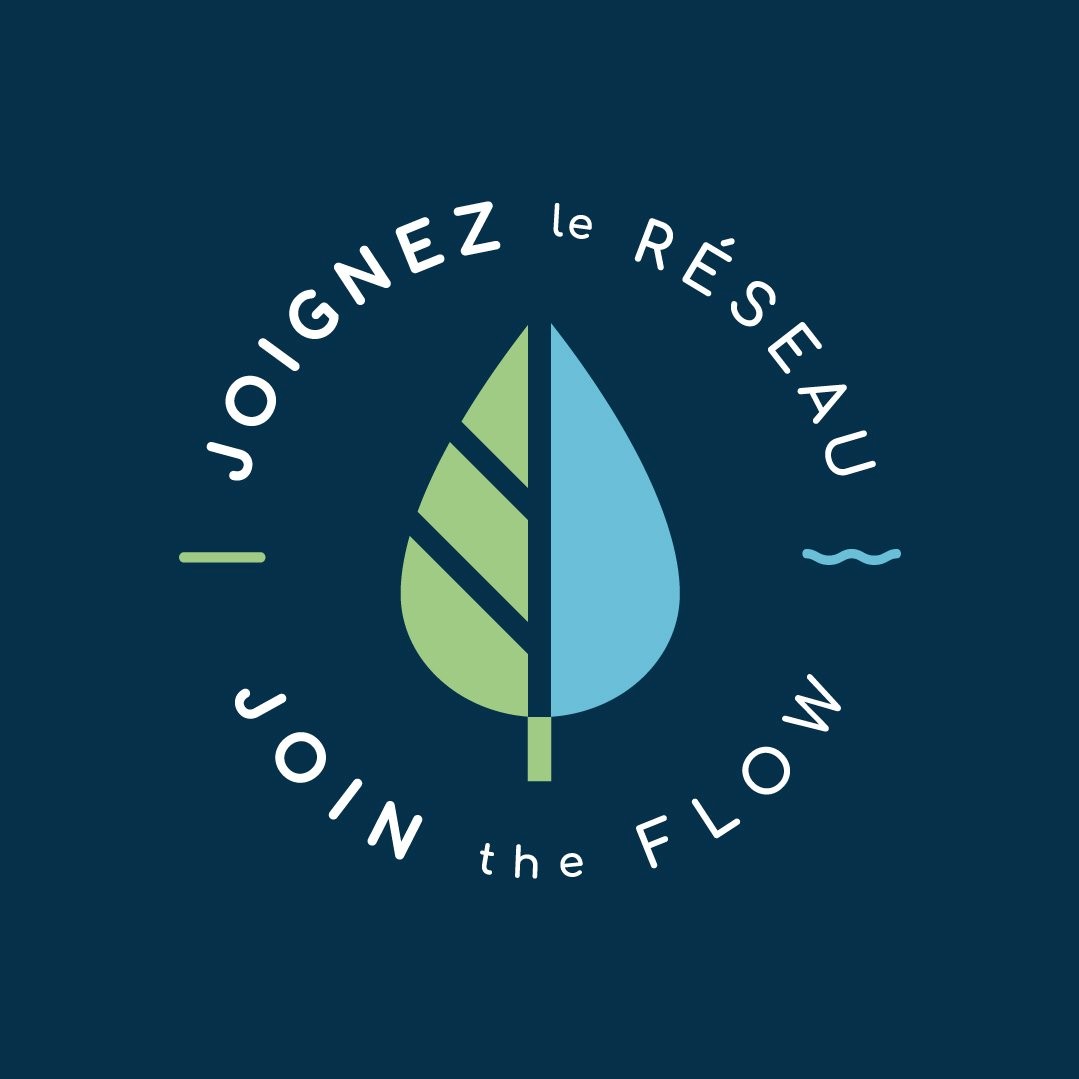
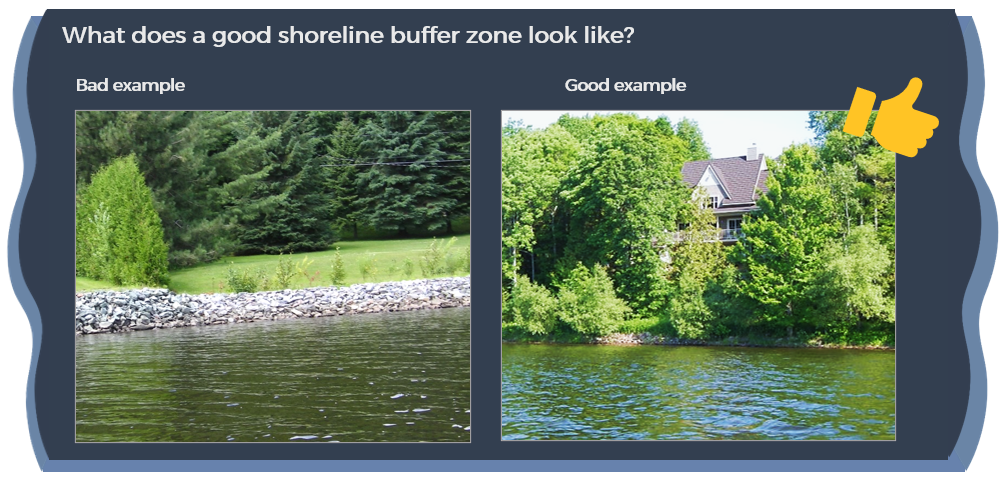
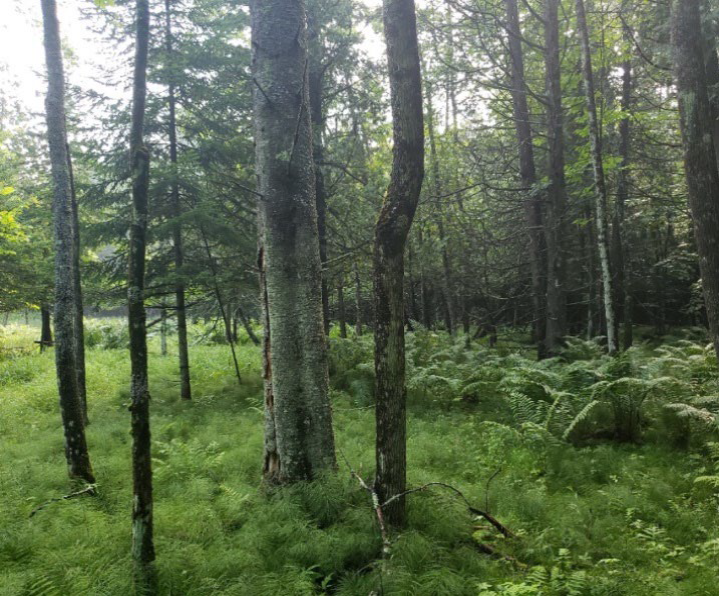
.png)
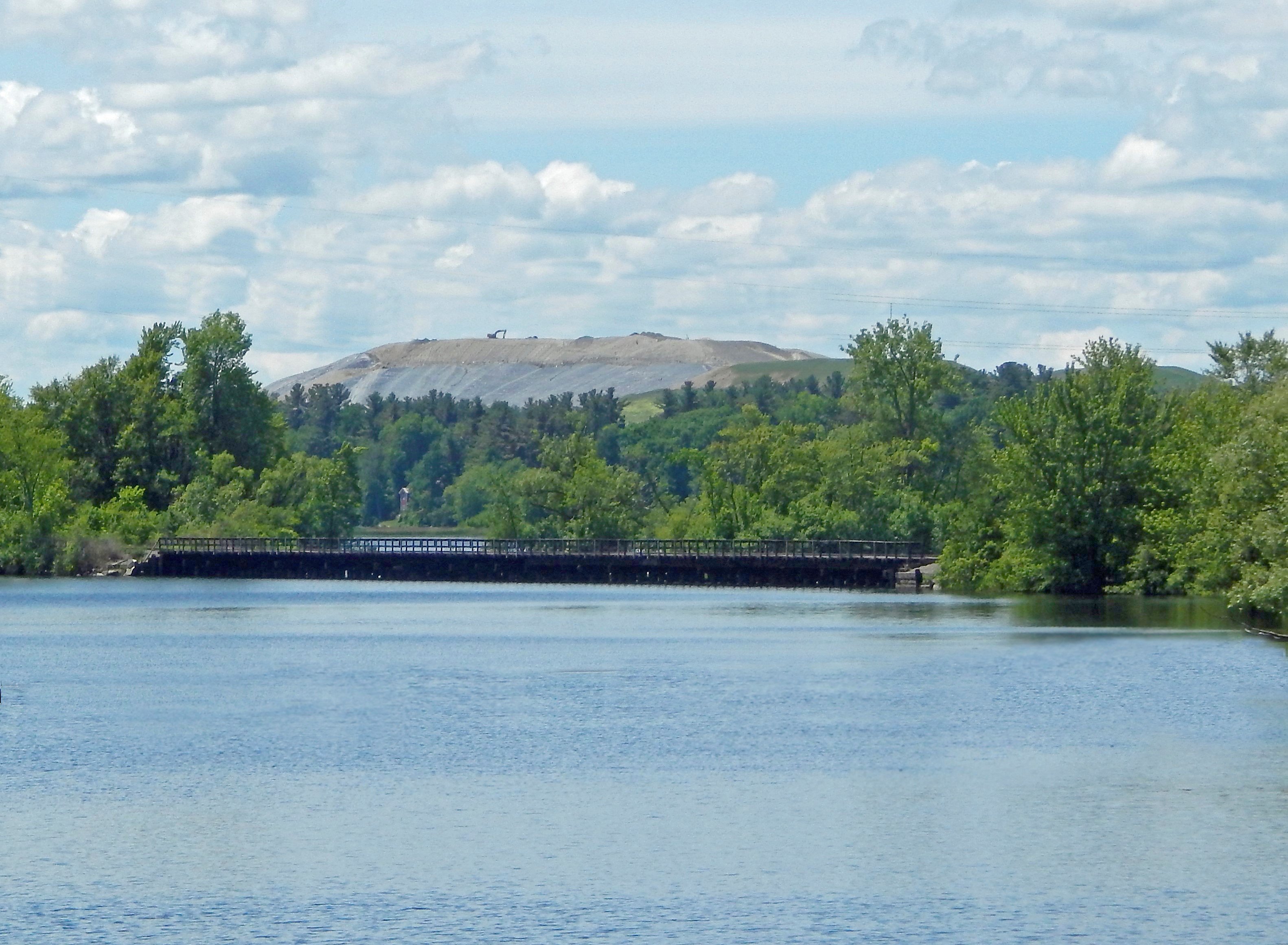

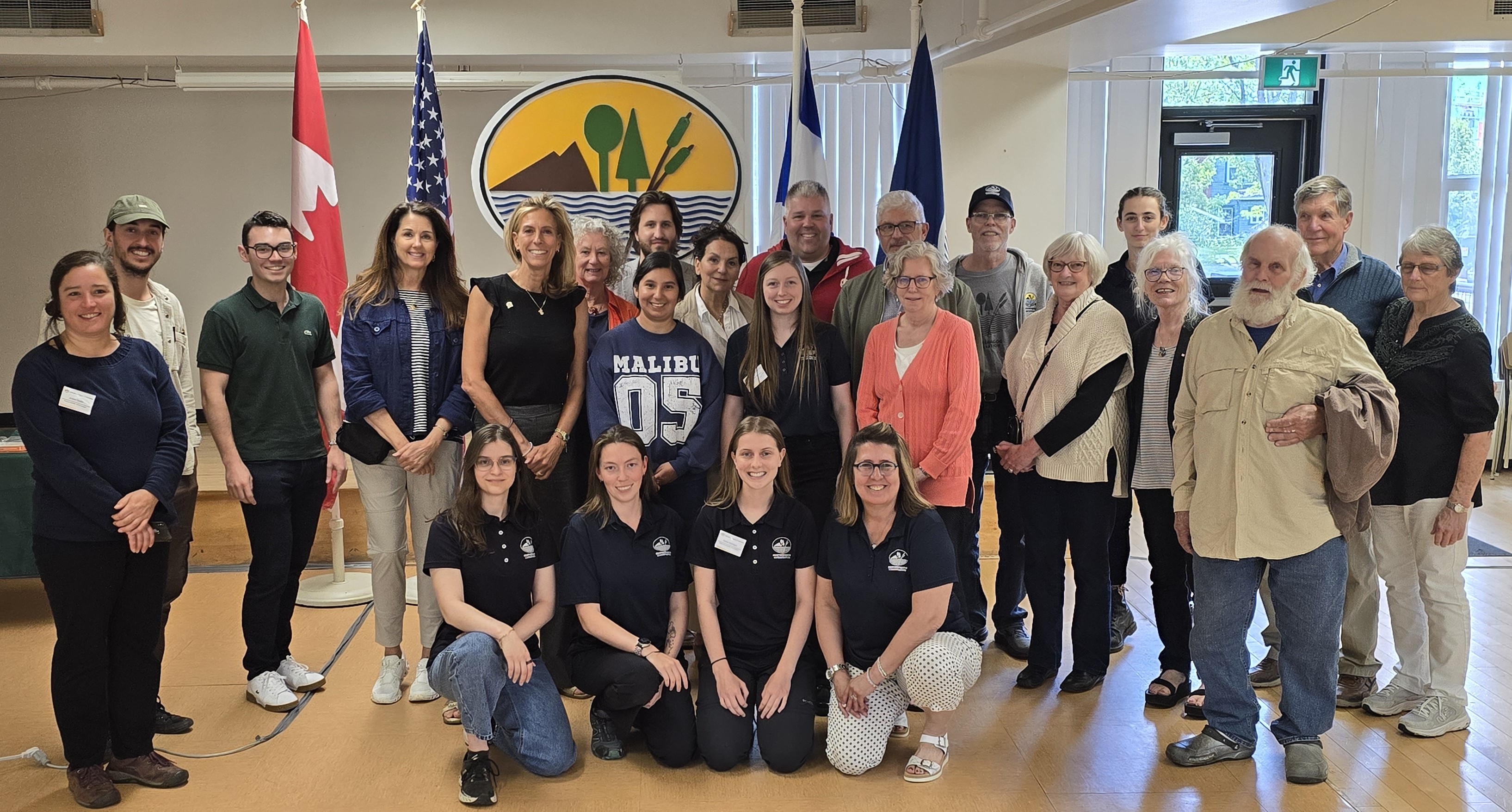
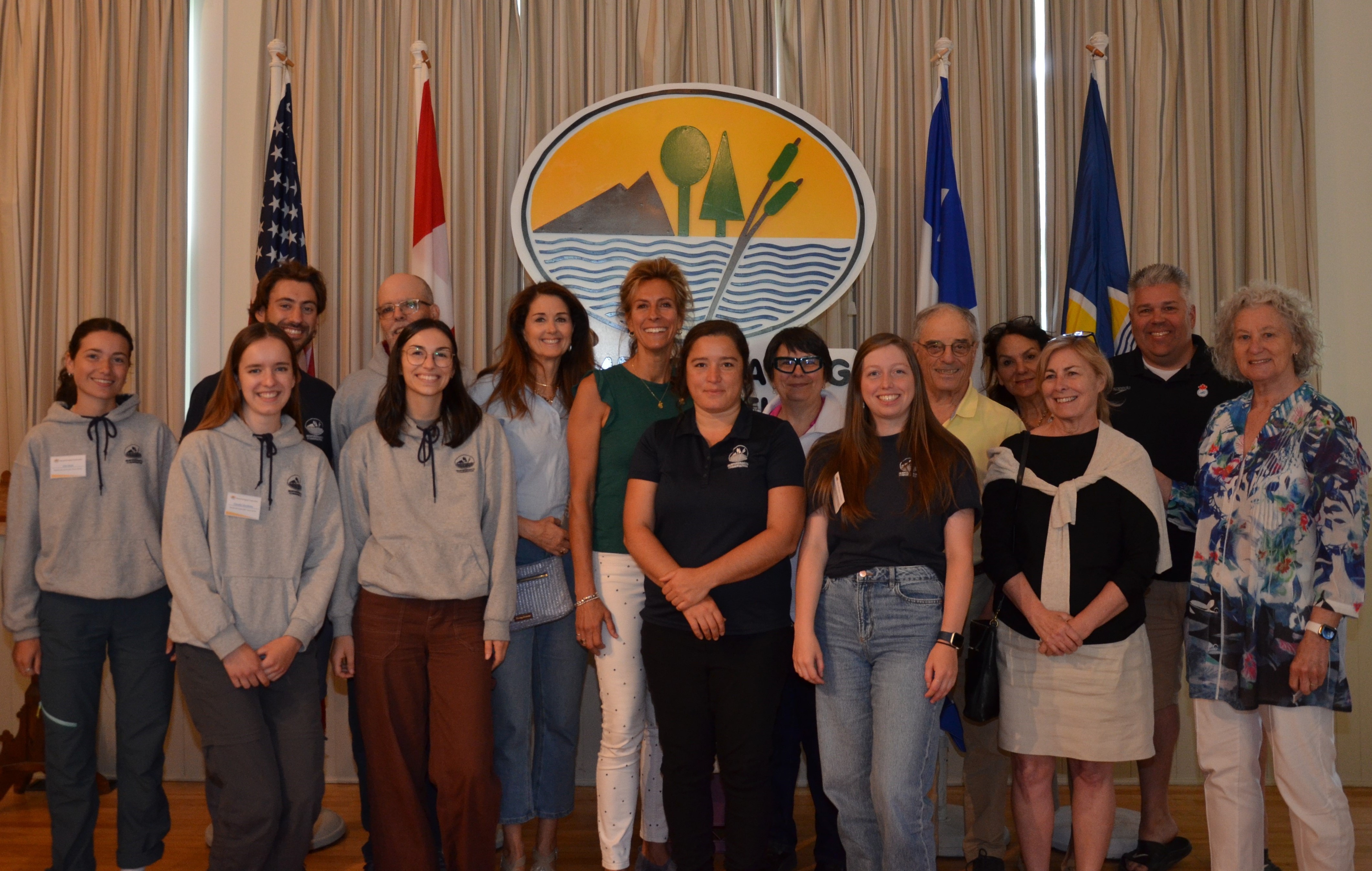
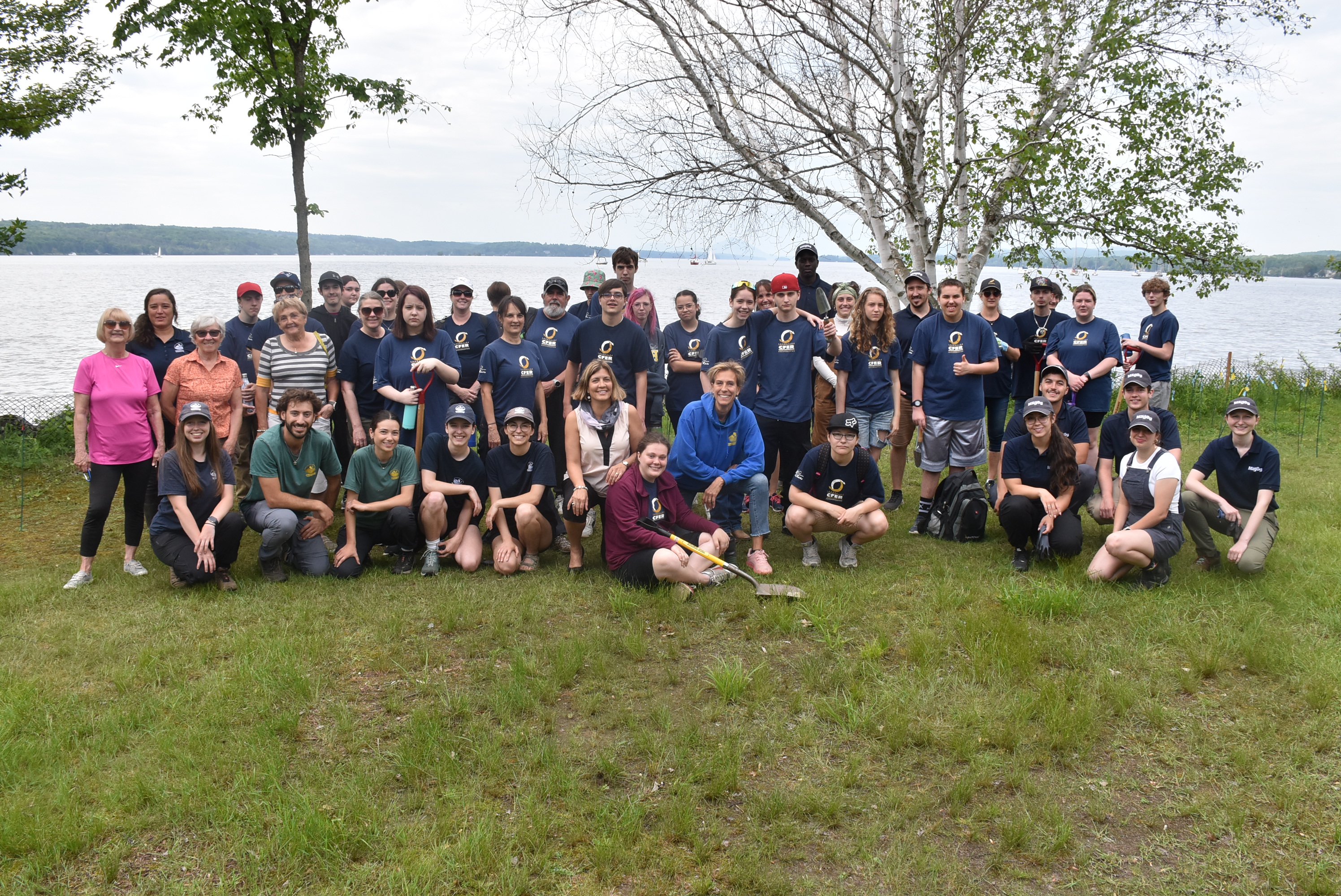
.JPG)
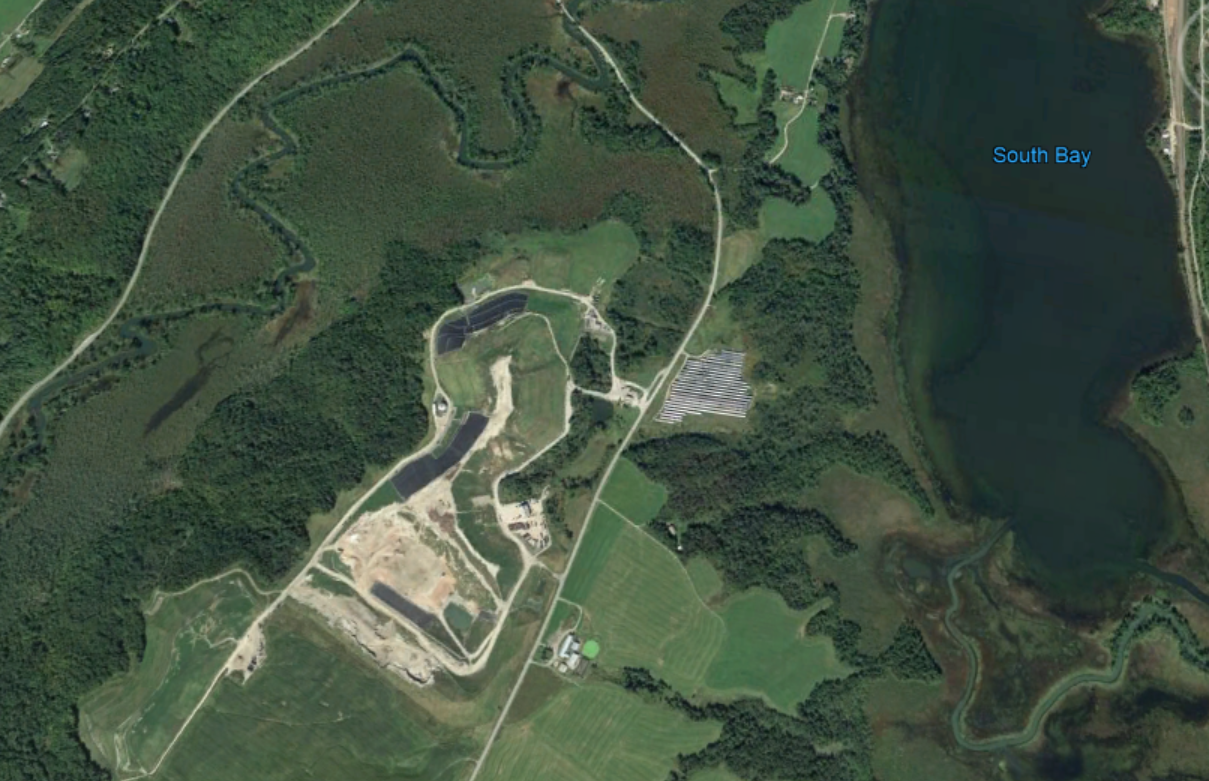
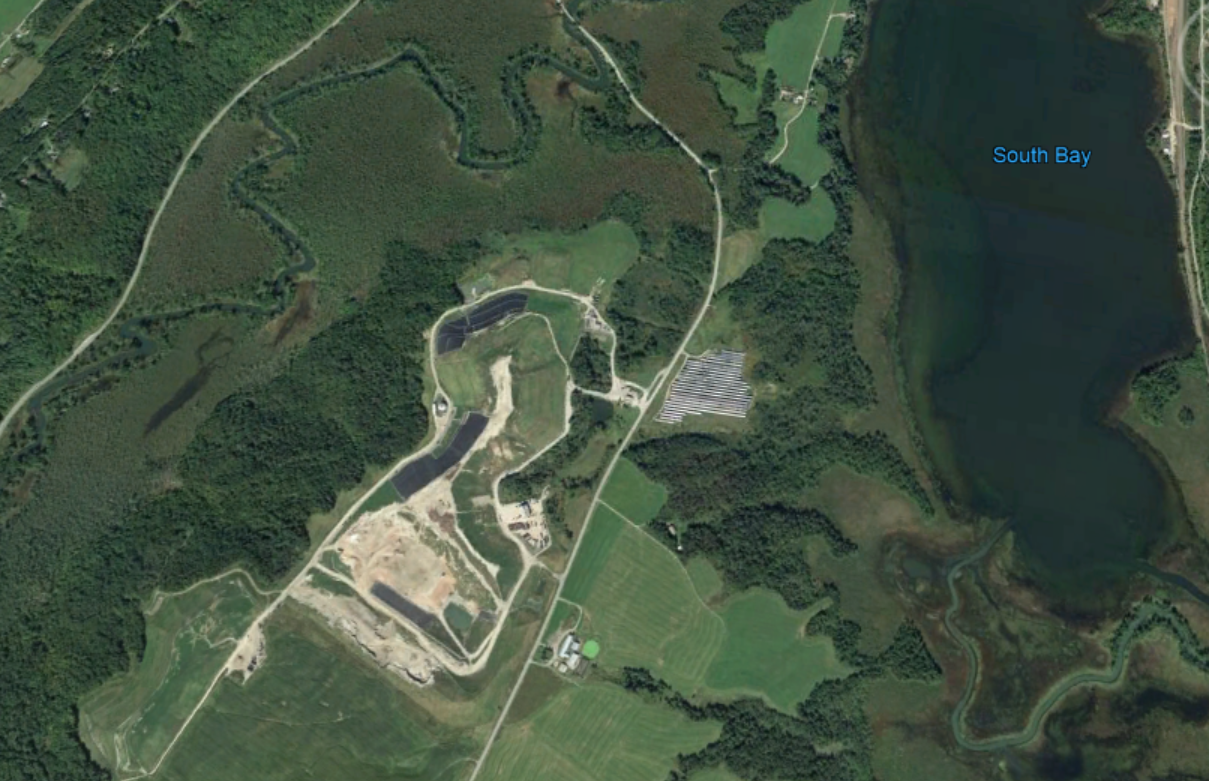
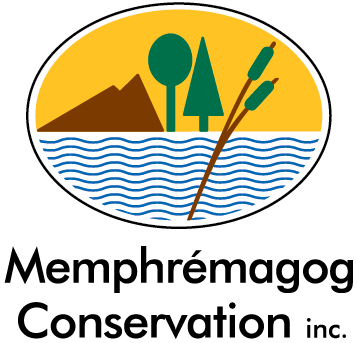
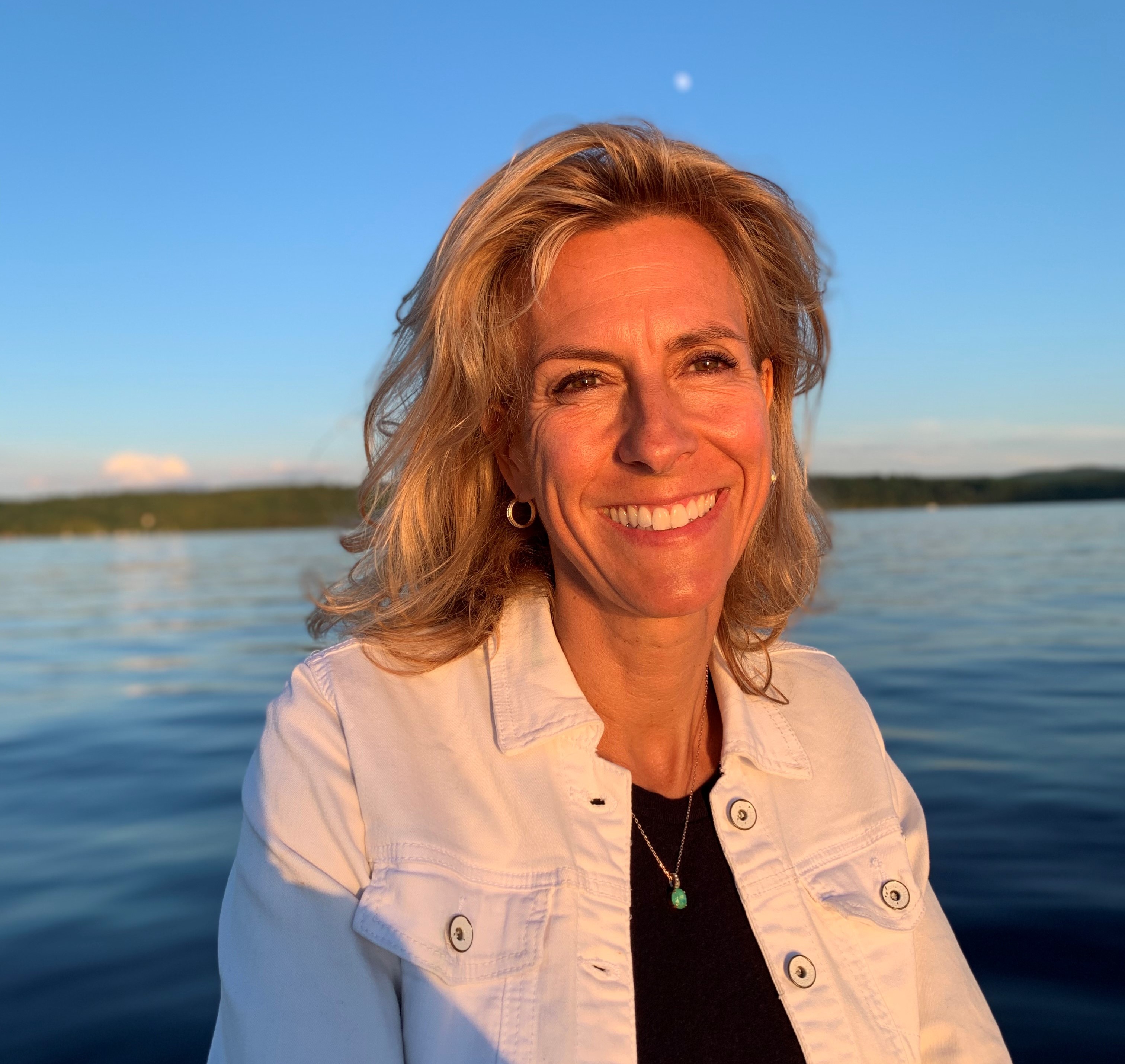

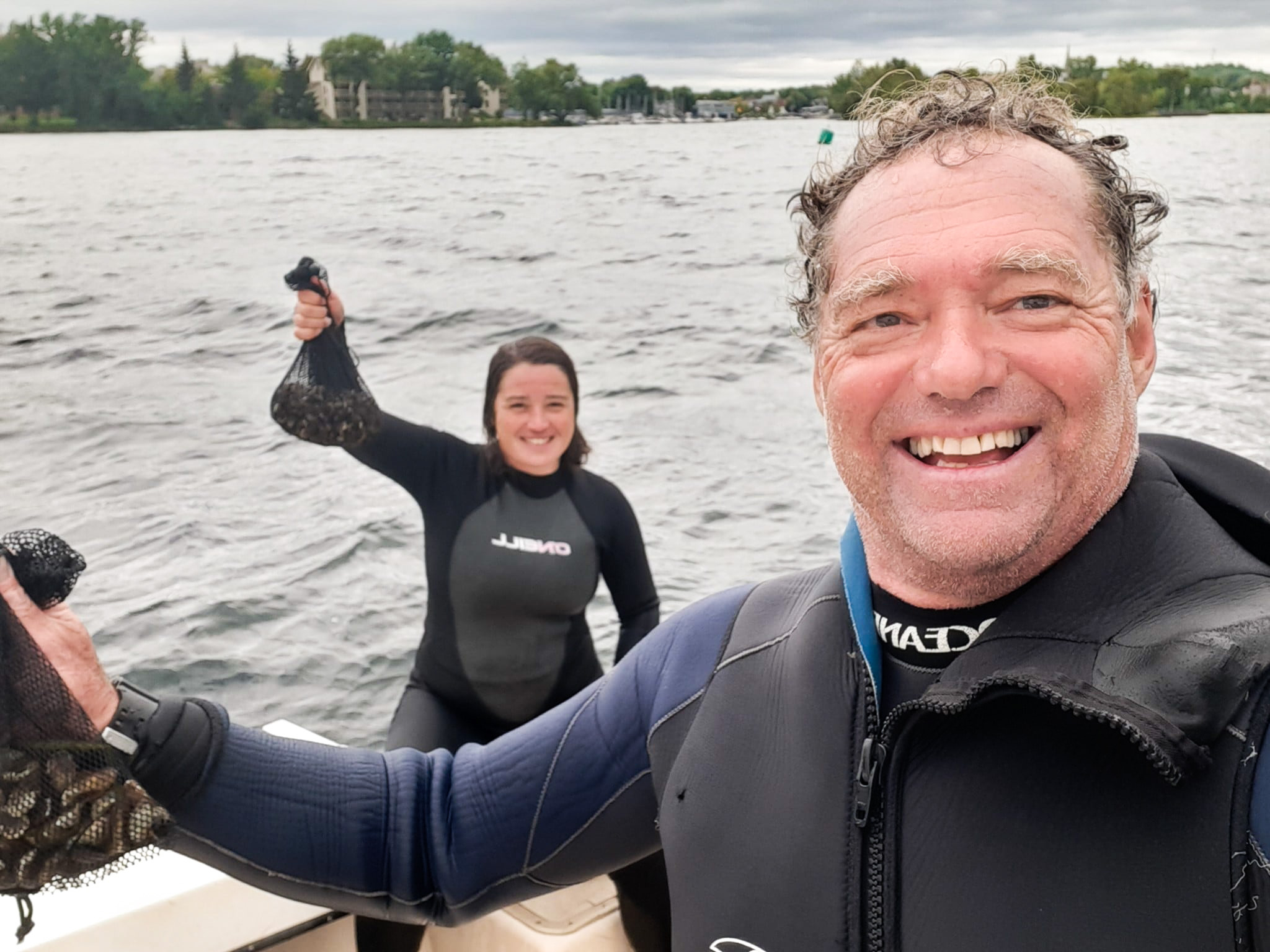

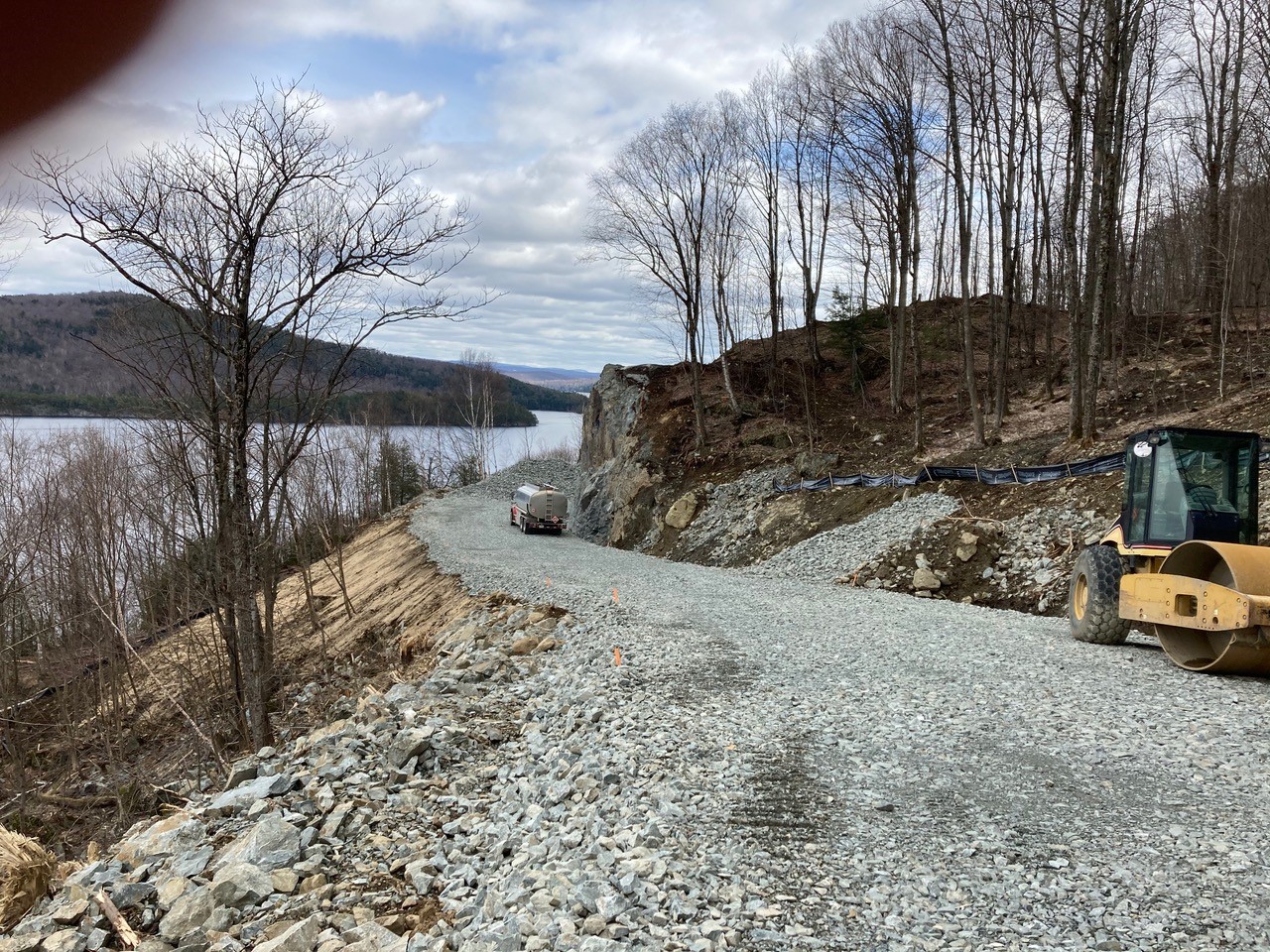
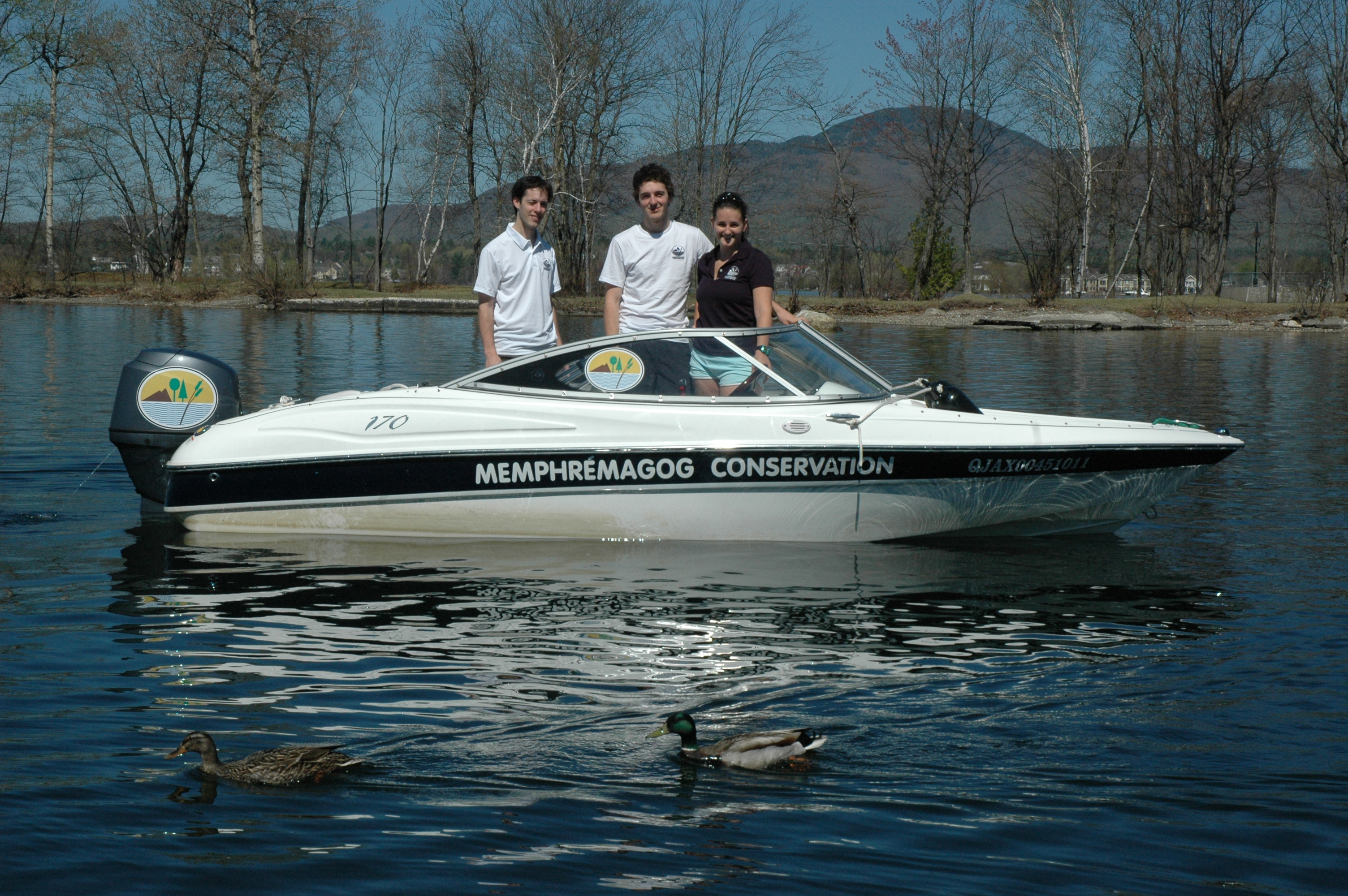


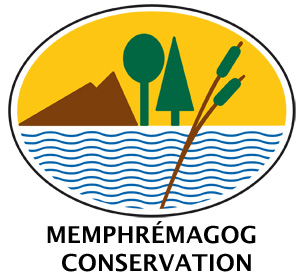











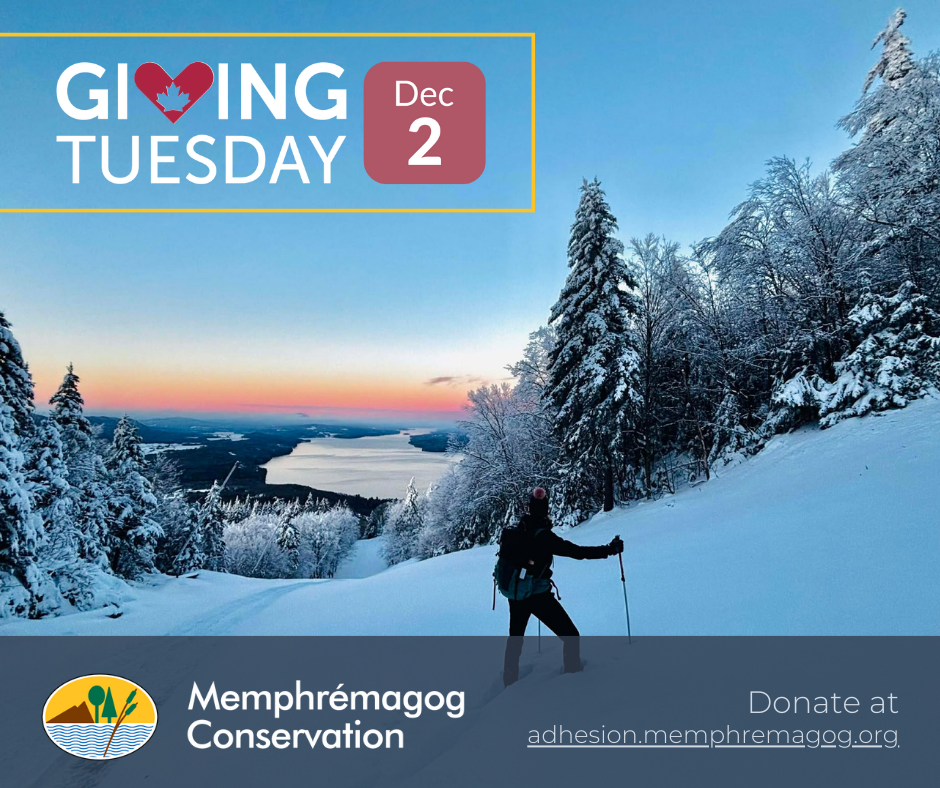





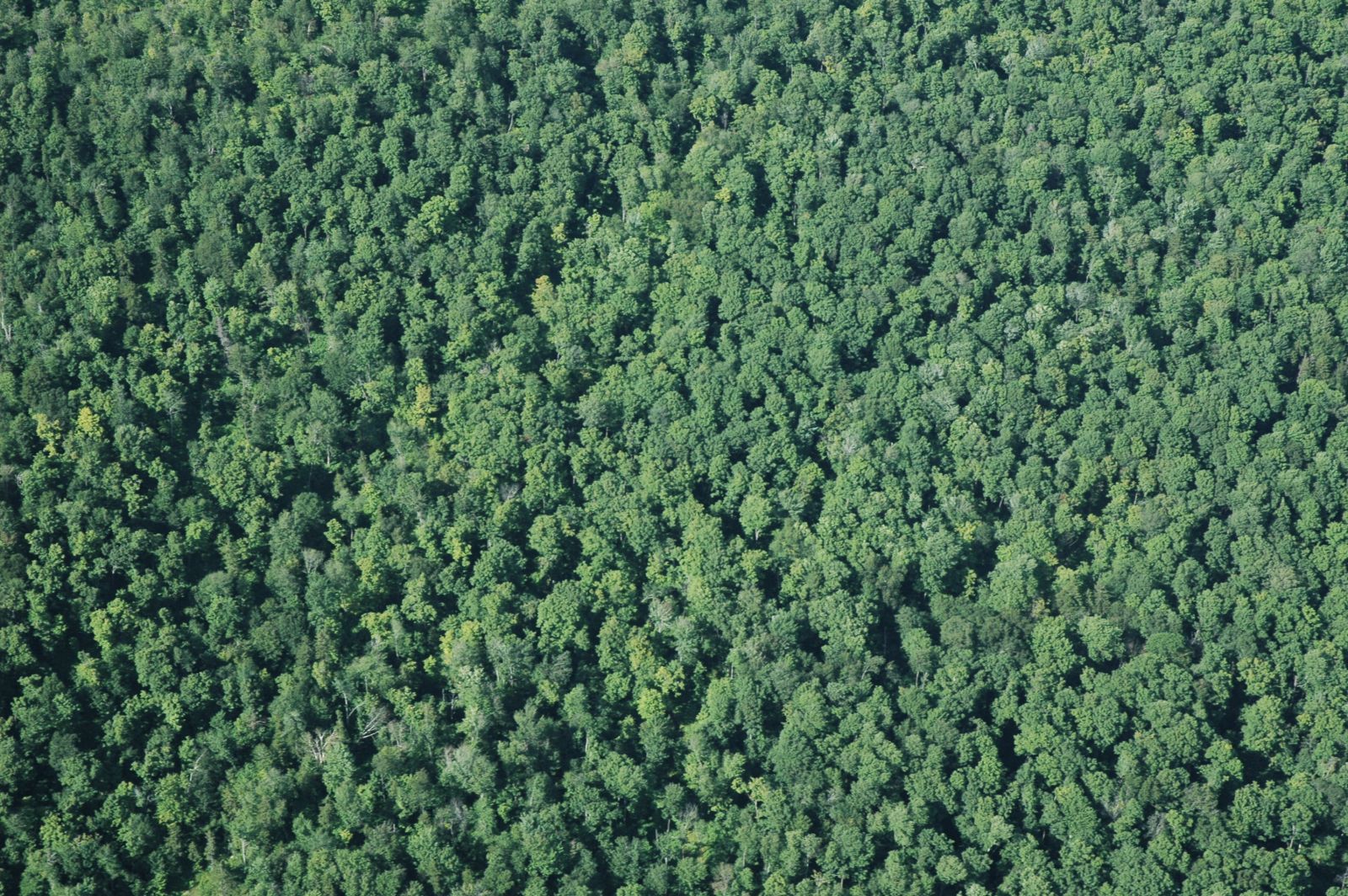

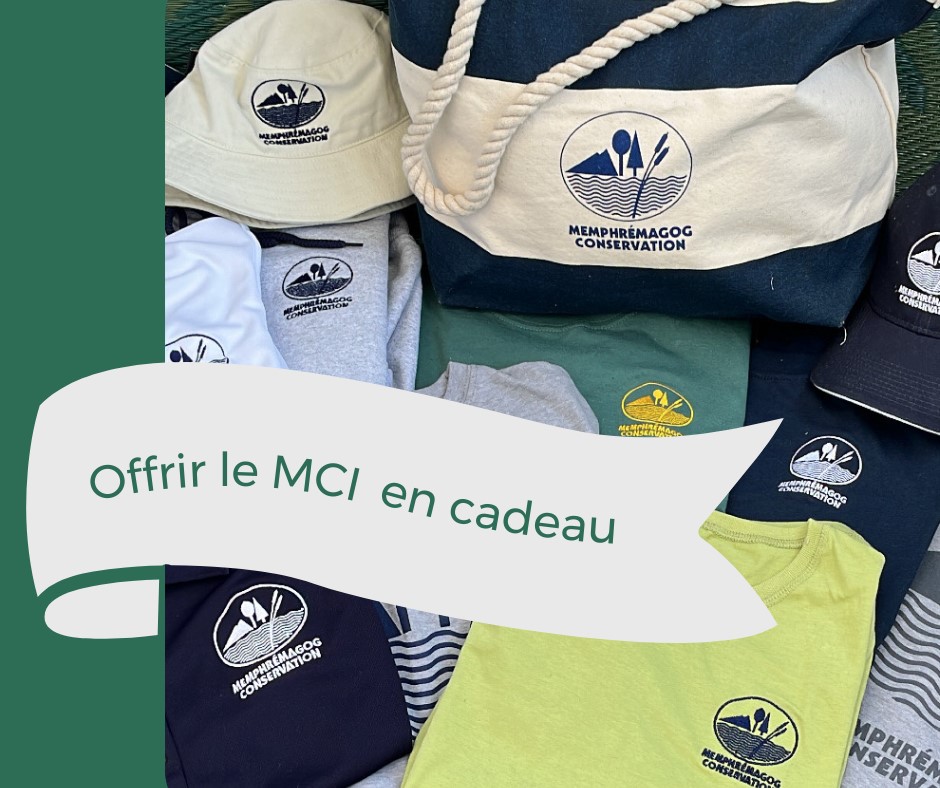
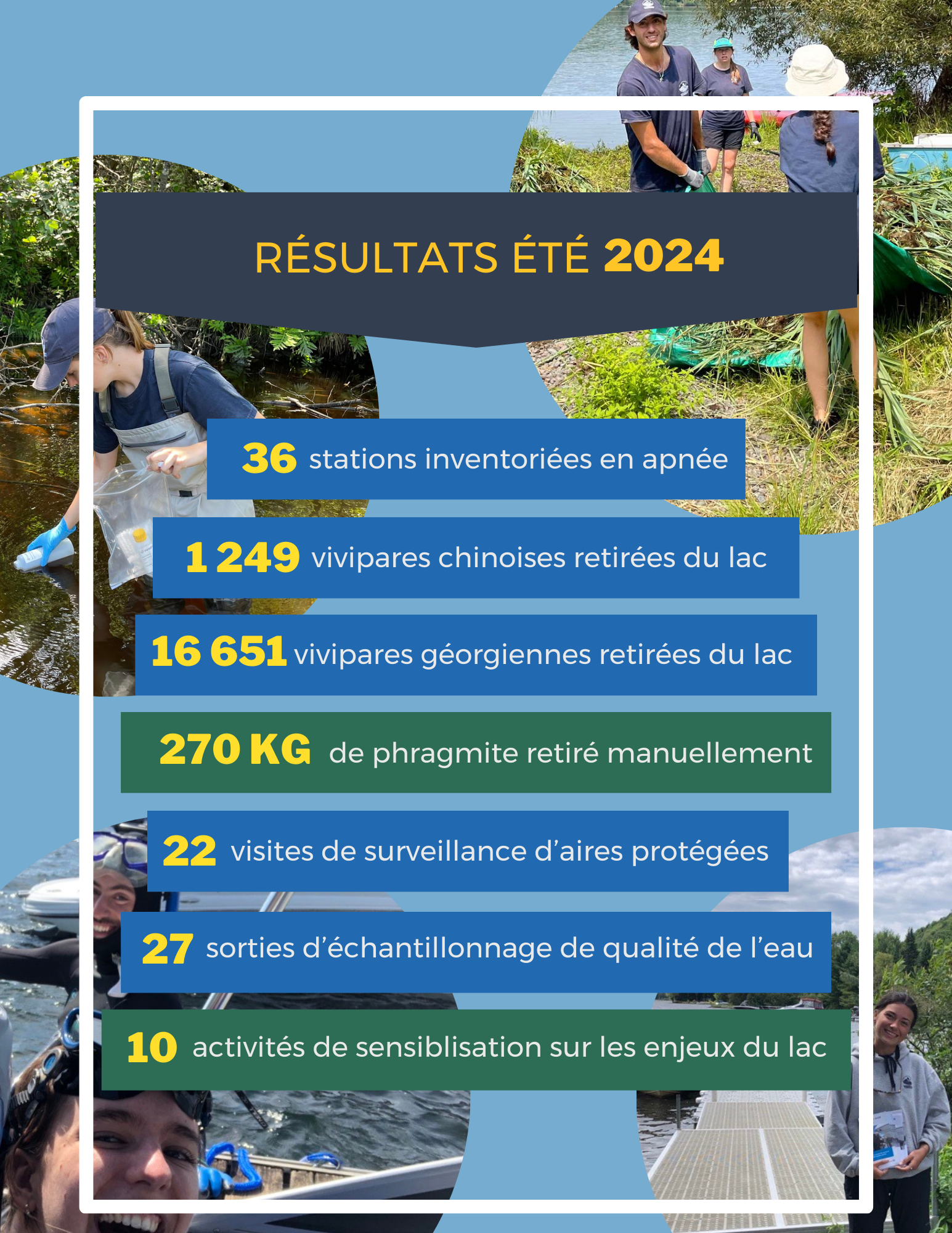
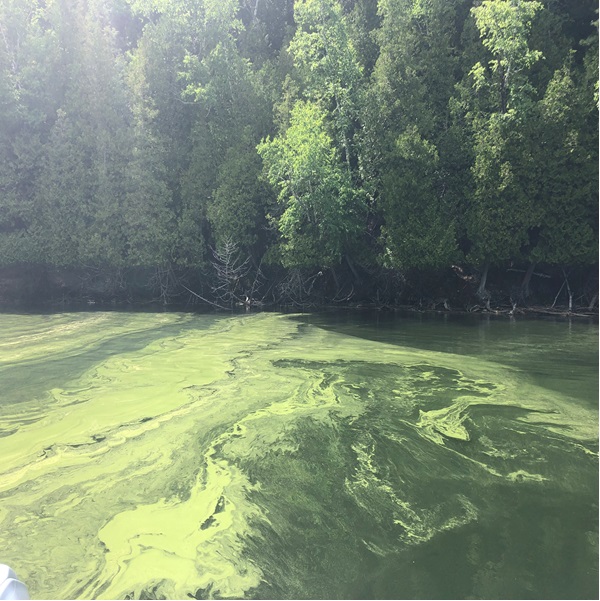
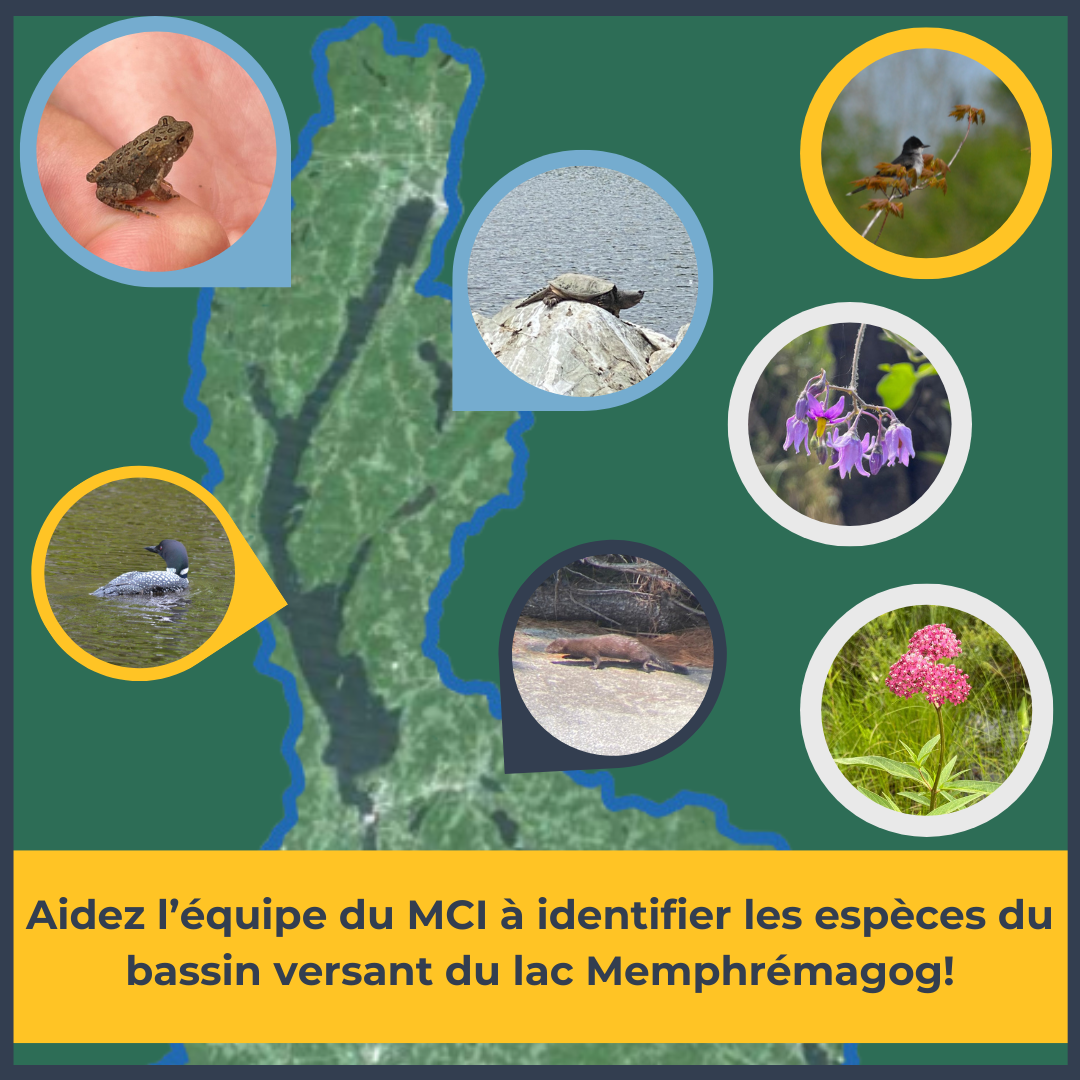
.JPG)

